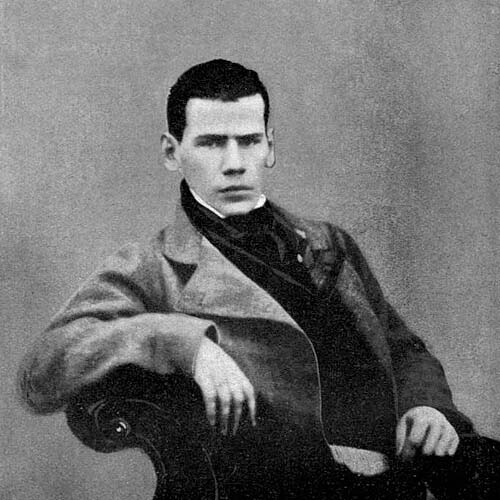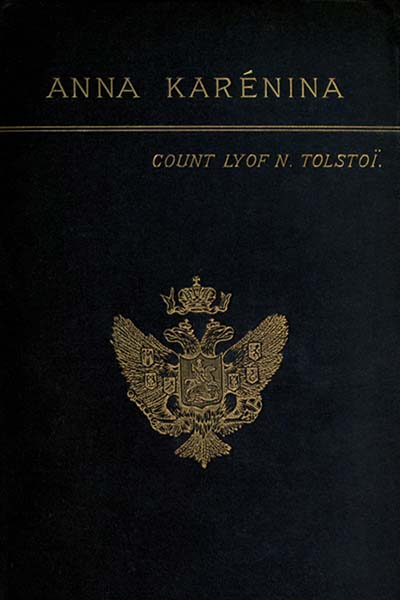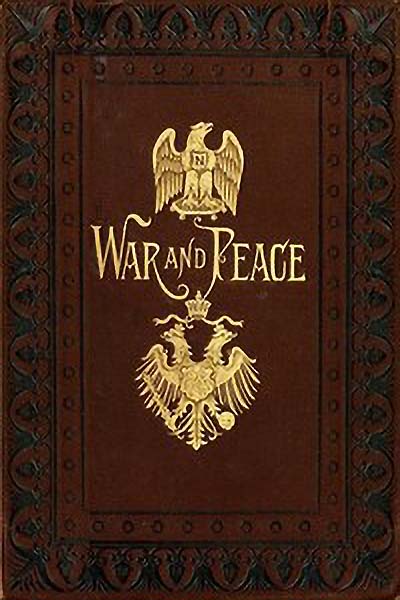Tolstoy's War: The Chill of Napoleon's False Shadow
Few writers have made the past as vivid and emotionally gripping as Leo Tolstoy, whose approach to historical fiction transformed not just how we read about and experience the past, but serves as a reminder that we are making history. This piece explores how Tolstoy’s fiction, especially War and Peace, transformed historical storytelling by humanizing war, de-glorifying heroism, and casting light on the small lives that history books often forget. For readers and writers of historical fiction, his legacy is not just literary but philosophical—a complete reimagining of how historical events intersect with individual consciousness.
Best Historical Fiction - A New Kind of War Story
In 1854, a young Russian aristocrat arrived at the besieged fortress of Sevastopol, eager for military glory. Instead, Tolstoy changed how literature depicts war. As a second lieutenant in the 5th Light Artillery Brigade, he witnessed not heroic charges he expected but the “inexpressible joy and relief” when shells missed their mark. Instead of glory, he discovered the mundane terror of soldiers more concerned with finding tobacco. (King, 2014)
This firsthand experience of the chaos birthed a very different approach to military narrative. Tolstoy’s “Sevastopol Sketches,” published while the siege continued, intentionally shocked readers with as much unflinching realism as would pass the censor’s pen. The second-person narrative thrusts the reader into the true terror of war. Blood, suffering, and death are features rather than beautiful, orderly, and gleaming ranks or heroics. These are possibly the first such reports that forgo patriotic rhetoric in favor of battlefield reality.
This experience fundamentally shaped War and Peace. Gone were the strategic masterminds and fearless heroes of traditional war stories. Instead, Tolstoy gave us Prince Andrei at Austerlitz, lying wounded and watching “a strange little sun,” pondering how his grand ambitions gave way to nature’s observation of their [human] futility. The myth of Napoleon is upended when the great general is depicted as “a child, who, holding a couple of strings inside a carriage, thinks he is driving it.”
And later, Kutuzov allows the Russian Winter to destroy the Grand Army—“The strongest of all warriors are these two: Time and Patience,” Tolstoy wrote in War and Peace, rejecting the cult of military genius and brilliant strategic decisions for something far simpler.
Tolstoy’s Historical Imagination
Writing about the “Great Patriotic War” some 50 years after it happened, Tolstoy’s research of family diaries, published archives and other source material, and complemented with his own perspectives from the siege of Sebastopol resulted in his complete reimagining of how fiction could represent historical experience. His polyphonic narrative, weaving together the perspectives of over 580 characters, was a philosophical statement about how history actually unfolds—through the actions of a multitude of regular people, continuously reinforcing that a singular actor’s will is an artificial construct.
Through Natasha Rostova’s inexperienced eyes, Tolstoy destroys the artifice of theater: " There were no decorations, just the bare boards of the stage and the painted canvas; in the middle a few actors in make-up strutted and gesticulated, and a singer with bare arms and shoulders shrieked and made unnatural gestures." Tolstoy reminds us that all our social constructions—including our understanding of history—are equally artificial.
His research process—using personal diaries to study how history feels to those living through it rather than how it appears to those studying it later became the forbearer of what modern historians call micro-history, the origin of which some 100 years later in the 1960s and 1970s. Rather than writing about Napoleon’s or Kutuzov’s strategy, Tolstoy made us experience how a young hussar worried about his unpaid debts while charging into battle or how a peasant understands God while dying in captivity.
Why Tolstoy Still Matters to Historical Fiction Readers
What makes Tolstoy resonate today is not just his scale but his ability to evoke interiority—to make us care about Pierre’s existential crisis more than about the battles of Austerlitz (also known as the Battle of the Three Emperors) or Borodino. His characters are flawed, searching—often bewildered, more like us than the marble statues of conventional history. Prince Andrei seeks glory, finds disillusionment, discovers love, loses it, and dies still questioning. Pierre stumbles through fashionable philosophies, joins the Freemasons, plans to assassinate Napoleon, and finds wisdom from a peasant soldier. Natasha evolves from a romantic girl to a practical mother; her youthful dreams are fulfilled and transformed by experience.
This psychological complexity has a larger purpose: Tolstoy’s work criticizes nationalism and blind obedience. Instead, it makes space for moral intimacy. His rejection of the “Great Man” theory—the idea that history is shaped by singular (often heroically depicted) individuals—was radical for his time and remains challenging today. “Great men are but labels serving to give a name to the event,” he argued—history emerges from the sum of infinite small decisions taken by ordinary people.
Tolstoy’s novels are showcases of people living through history—not as heroes or villains but as confused, passionate, limited human beings caught in situations beyond their control. Understanding of history comes not from analyzing great events but from examining how ordinary people experience extraordinary times.
The Living Legacy
“Everyone thinks of changing the world, but no one thinks of changing himself,” Tolstoy wrote, and this insight remains central to his legacy. By showing how individual consciousness and historical forces intertwine, how personal transformation and social change reflect each other, Tolstoy created not just great historical fiction but a new way of understanding our place in history.
In making us feel the chill of Napoleon’s shadow, Tolstoy showed that the greatest historical fiction doesn’t just recreate the past but helps us understand how we create the very history future generations will struggle to understand.
Further Reading
Tolstoy - Tolstoy, Anna Karenina
Rosamund Bartlett, Tolstoy: A Russian Life https://www.goodreads.com/book/show/8205861-tolstoy
George Saunders, A Swim in a Pond in the Rain https://www.goodreads.com/book/show/53487237-a-swim-in-a-pond-in-the-rain
Tolstoy, War and Peace
Isaiah Berlin, The Hedgehog and the Fox (1953) https://en.wikipedia.org/wiki/The_Hedgehog_and_the_Fox
Orwin, Donna Tussing. Tolstoy’s Art and Thought, 1847‚1880 (Princeton University Press)
Paul Fussell, The Great War and Modern Memory https://www.goodreads.com/book/show/154472.The_Great_War_and_Modern_Memory
Richard Pevear and Larissa Volokhonsky (translators), Introduction to War and Peace
King, C. (2014, 03 14). How the Horrors of Crimea Shaped Tolstoy. Retrieved from The New Republic: https://newrepublic.com/article/117102/tolstoy-crimea












